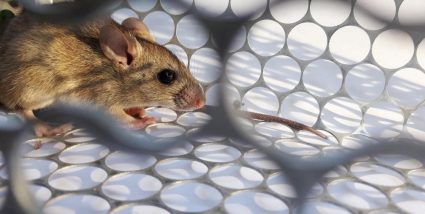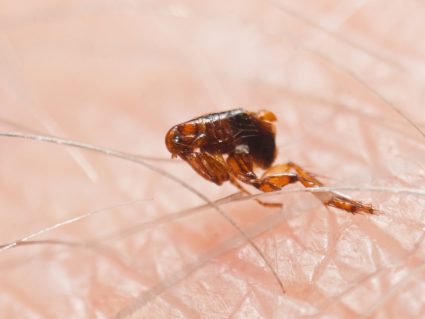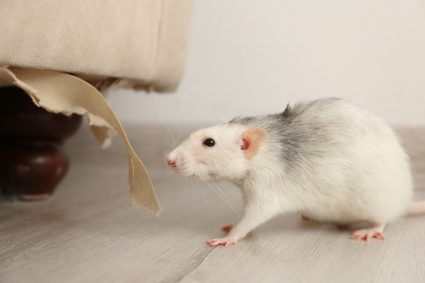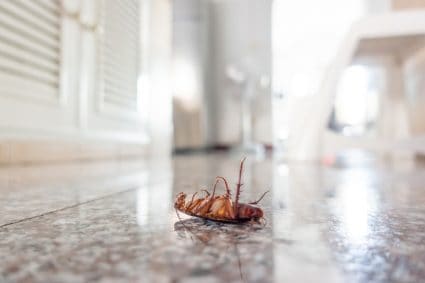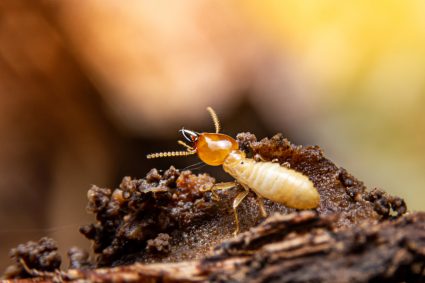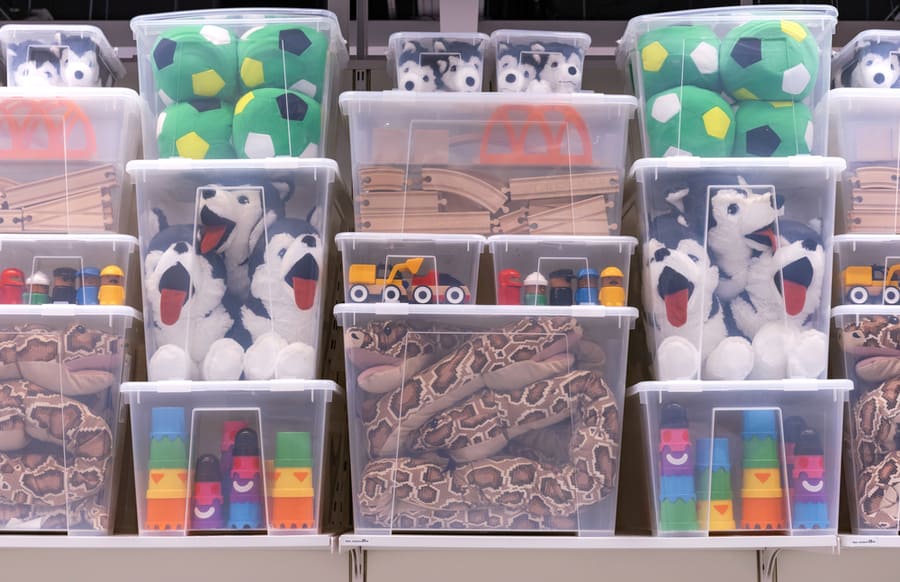
Mice infestation is never a good idea. It means bad business, and you must seek preventive measures to get rid of these pesky animals quickly.
Rodents can bring many serious house damage and health issues, and they can be pretty inconvenient for homeowners.
Aside from being pesky pests, mice are excellent chewers. They can practically chew or gnaw through anything, which can become your worst nightmare.
This also means you must be smarter in storing your food and drinks better, especially when you have separate storage units.
Plastic totes are one of the easiest ways to store leftover food, trash, or anything you need to keep. But you should know that plastic is less durable than other materials, making it easier for mice to access and reach for its inside.
But there’s no wrong in using plastic totes, as long as you know how to keep the rodents away. We’ll explore the following topics in this guide:
- Ways to get rid of mice and protect your plastic totes.
- Traps you can use to catch these pests easily.
When you figure out how to get rid of rodents, keeping your storage units and plastic totes free of other pests becomes much easier. This article can guide you in utilizing various ways to keep your food and drinks safe in your plastic bags and containers.
Six Ways To Keep Mice Out of Your Plastic Totes
Preventive measures are always the key to ensuring your food storage totes are free of mice or other pests. It would be best to think smart when dealing with rodents because they are also clever animals.
Try our practical yet effective hacks if you encounter a mice invasion in your plastic totes.
1. Seal All Potential Entry Points
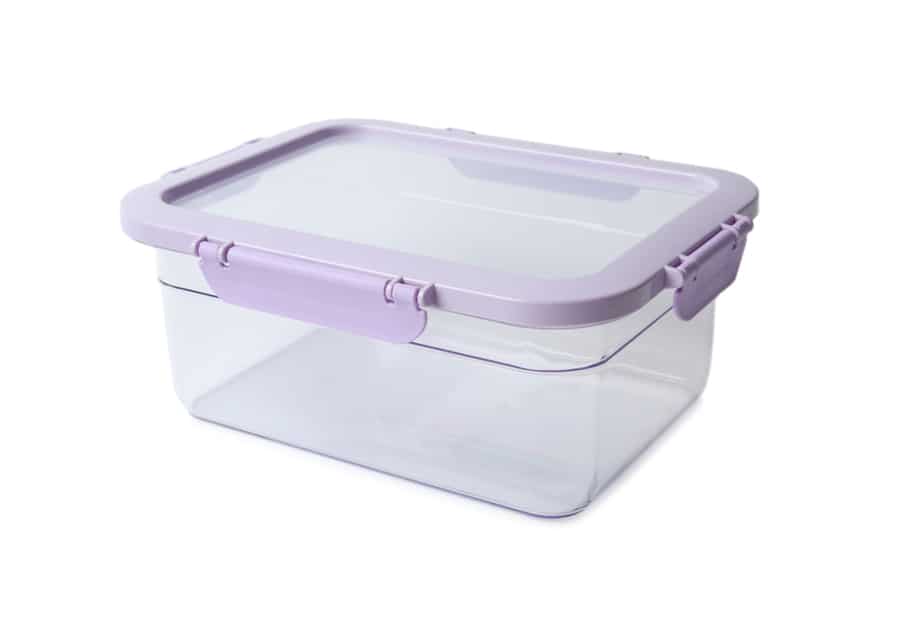
Mice are flexible and versatile animals. Even though they can get bigger, their bodies can squeeze through tiny holes and corners. Moreover, these animals love anything dark and moist, especially when you place plastic totes in storage rooms.
Keeping them out of your storage totes means sealing potential entry points. These can come in cracks, gaps, leaks, or any hole where mice can enter.
The following materials can help seal holes and cracks in your storage units:
Steel Wool and Caulk
The smallest holes found at home can be best sealed by mixing caulk and steel wool. These materials are excellent in keeping your space mouse-proof because these animals cannot chew on them.
Steel wool and caulk are efficient in covering holes and making sure they are smooth as new.
Cement
Another effective and tough material for sealing holes and gaps is cement. Mice find it impossible to gnaw on this material because it’s strong and durable.
But you should regularly check the area where you’re placing cement to inspect whether it needs to be replaced.
Metal
Like cement, metal is also hard enough to resist being bitten by mice. So always go for the thickest metal you can find, and seal all holes and gaps where mice can enter and damage your plastic totes.
What you need to watch out for when using metal is rusting, so it’s important to check them regularly.
Glass and Heavy-Duty Plastic
You might also want to try using glass in mouse-proofing your storage rooms. But, unfortunately, it’s one of the hardest materials that can make the mice’s teeth ache from trying to bite.
However, heavy-duty plastic can also work if you want a cheaper alternative. But you should ensure it’s confirmed to be heavy-duty, or else it can cause mice to enter through the holes and access your plastic totes successfully.
2. Take Advantage of a Natural Predator
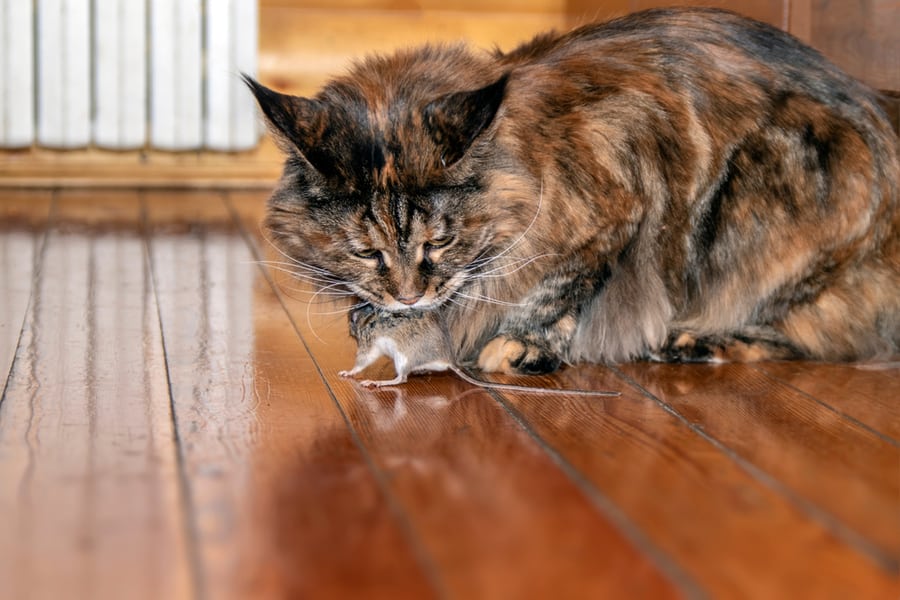
There’s nothing wrong with using your pet cat (if you have one) to keep mice away. Most adult cats love hunting and chasing rats, similar to how Tom and Jerry often fight on television.
It might be harder to convince younger cats and kittens to chase rats, but giving them treats is always key.
We also recommend your cats are properly trained in killing mice for a successful catch. If your pet does not know how to kill a mouse, you might end up experiencing more mice invasions in the other parts of your house.
There are dog breeds that can help you in capturing mice, but cats are better. However, you must be aware that it might not always be good for your pets to catch mice, especially when the pests carry certain diseases.
3. Surround Your Plastic Totes With Unpleasant Smells
Mice are naturally sensitive to intense scents that will make them stay away. You can use this to your advantage and surround your plastic totes with fragrances or smells they despise.
Mint

The two most common types of mint you can use to deter mice are spearmint and peppermint. You can grow these plants in your garden and use their oils to spray your plastic totes.
Soaking cotton balls in these mint solutions can also keep mice away from your food storage totes. But it would be best if you were careful not to make them accessible to your pets and children.
English Pennyroyal, Mentha Pulegium, is a mint toxic to animals and humans. Using this can put your entire household at risk of smelling its scent and causing serious health issues. Experts also don’t recommend this mint as a mouse deterrent.
Tea Tree

Tea Tree is another possible essential oil you can use if you don’t have access to spearmint or peppermint. It also works by mixing a few drops of this essential oil with water and pouring the solution into a spray bottle.
You can spray your plastic totes or use soaked cotton balls and place them around your storage plastics.
Cayenne Pepper, Cloves, and Cinnamon
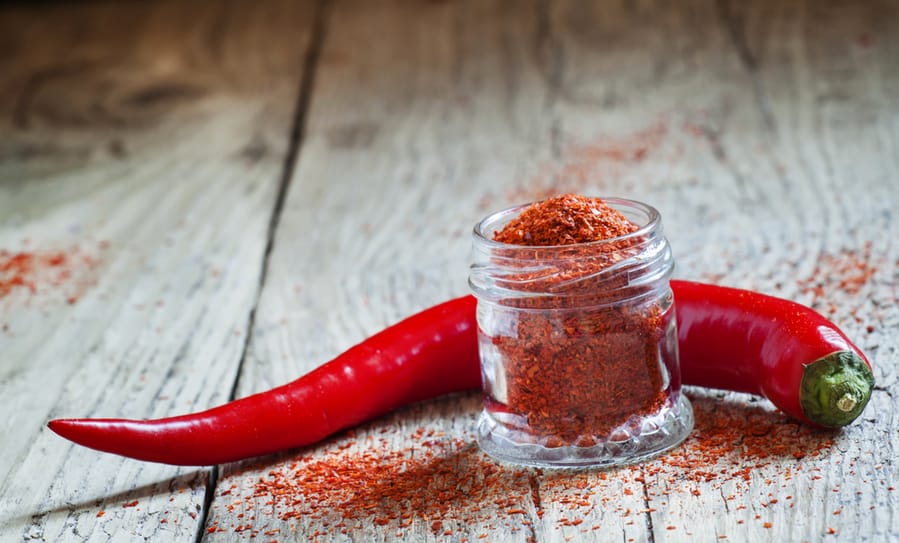
The spices and seasonings you use for cooking are beneficial in deterring mice and keeping them out of your plastic totes. For example, you can sprinkle cayenne pepper around the totes you feel the mice will try to access.
Hot sauce, cloves, and cinnamon can also work. You can also use cinnamon sticks and place them around the plastic totes, making it easier for you to protect.
Mothballs

The scent of mothballs is unappealing for rodents, so they will avoid plastic totes that smell like one.
Most homeowners also place mothballs inside their shoe cabinets to prevent the shoes from smelling bad, especially when enclosed. If you’re using mothballs, keep them distanced from your kids and pets.
4. Make Sure Your Totes Are Clean and Organized

You know you need your plastic totes to have airtight lids, don’t you? In addition, the lids should be sealable and locked, preventing mice from possibly smelling what’s inside the containers.
Moreover, you must ensure that the area around the totes is clean and dust-free. Mice love anything filthy and dark, and littered garbage can be a potential breeding ground for these pests.
Always check the surroundings of your totes to see whether there are food crumbs, stains, or leftovers you must pick up. Preventing mice invasions should make you more responsible in keeping your house clean and neat.
Arrange your plastic totes so that mice won’t think they are potential places to hide and thrive.
5. Set Up Traps
And finally, if all else fails, it’s time to be more aggressive and set up mouse traps. What’s great about putting traps is that you can place them anywhere near your plastic totes.
These protect whatever’s inside the totes and prevent mice infestation. Mouse traps can range in different forms and functions:
Electronic Trap
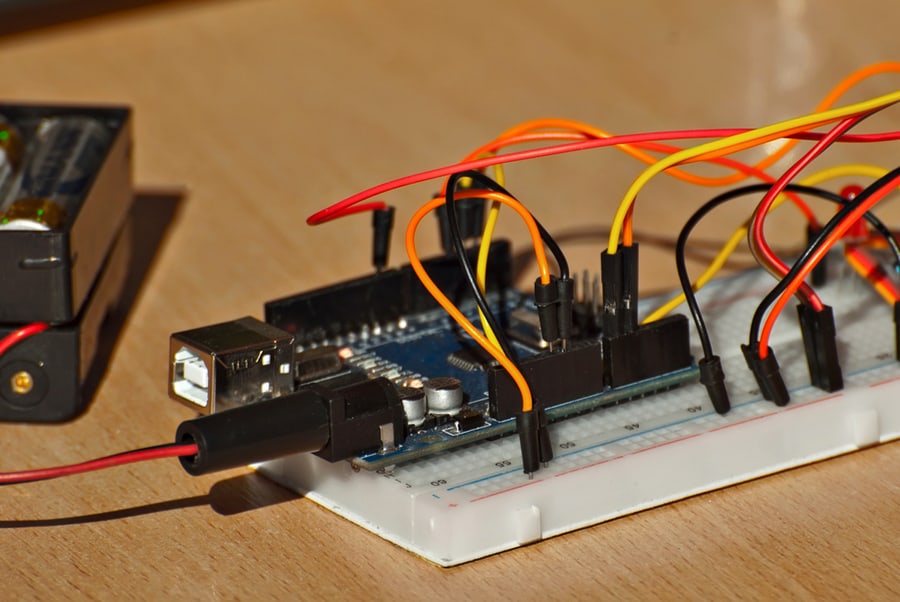
Most homeowners prefer electronic traps because these can instantly kill the mouse. Moreover, these traps consist of a covered compartment where the dead mouse is automatically placed.
This means you won’t see the dead animal unless it’s time to empty the compartment. Electronic traps are also safe to use when you have children or pets.
Snap Trap
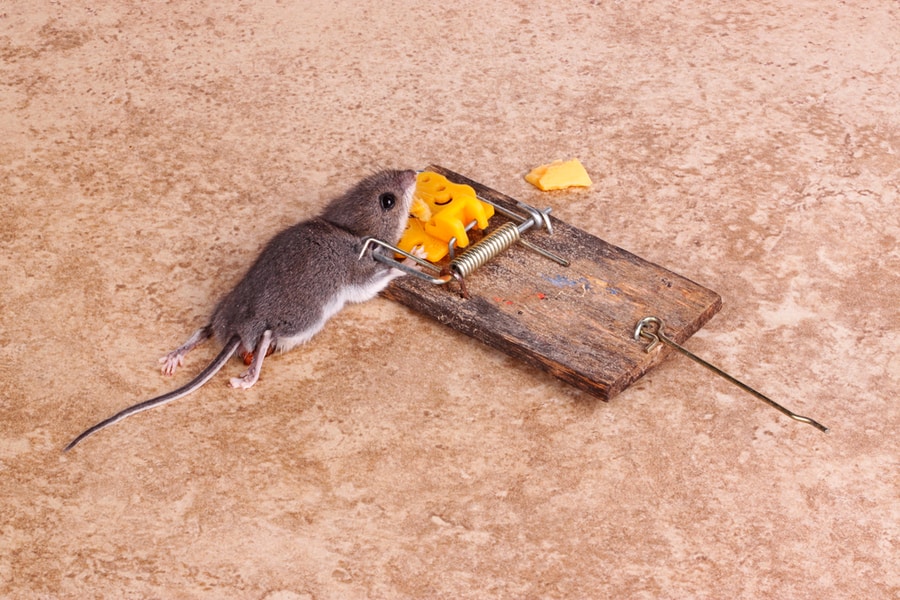
While snap traps are also common, they are the least effective out of all your options. These traps won’t always be successful, especially when the mouse is lucky enough to survive.
Moreover, there have been instances when the mouse can run even with the snap trap attached to its body.
But if you still prefer this one because it’s more humane, we suggest placing more than one snap trap near plastic totes. This ensures you will be successful in catching mice.
Bucket Trap

If you suspect your house to have larger mice, bucket traps should work. These traps involve drowning the animal in a bucket of water. It’s easy and economical, and you can learn how it works by watching tutorial videos on the internet.
You can also use a gallon-sized jug and pour water with sugar or vinegar.
Glue Trap

Glue traps are also cheaper options. They are boards with powerful adhesives that the mice can stick into.
While these traps won’t instantly kill rodents, it’s more likely that the animal starves to death while getting stuck to the trap, which eventually leads to its death.
Keep Plastic Totes Safe From Mice
With the mice’s ability to eat and chew on anything, it may be easy for them to access your home’s plastic totes and bite through them until they can reach what’s inside. Therefore, you must be creative in finding ways to keep these pests out.
Triggering their sense of smell is one of the most effective ways of doing this, as well as sealing potential entry points and setting up traps. If you have a pet cat, you can also ask for help from the little fluffball and combat these aggressive pests.
Frequently Asked Questions
What Surfaces Will Mice Not Be Able To Climb Through?
If you want plastic totes on elevated portions of your house, try placing them on smoother plastic, metal, or glazed wood surfaces.
It will be difficult for these pesky pests to climb through and reach the storage totes successfully.
Can Mice Get in Totes Even When They Are Closed?
If your plastic totes are not durable enough or are made of weaker plastic materials, there’s a possibility the mouse can still get inside even when they are closed.
It’s also possible that the lids are not tightly sealed, giving these pests a way to get in.

